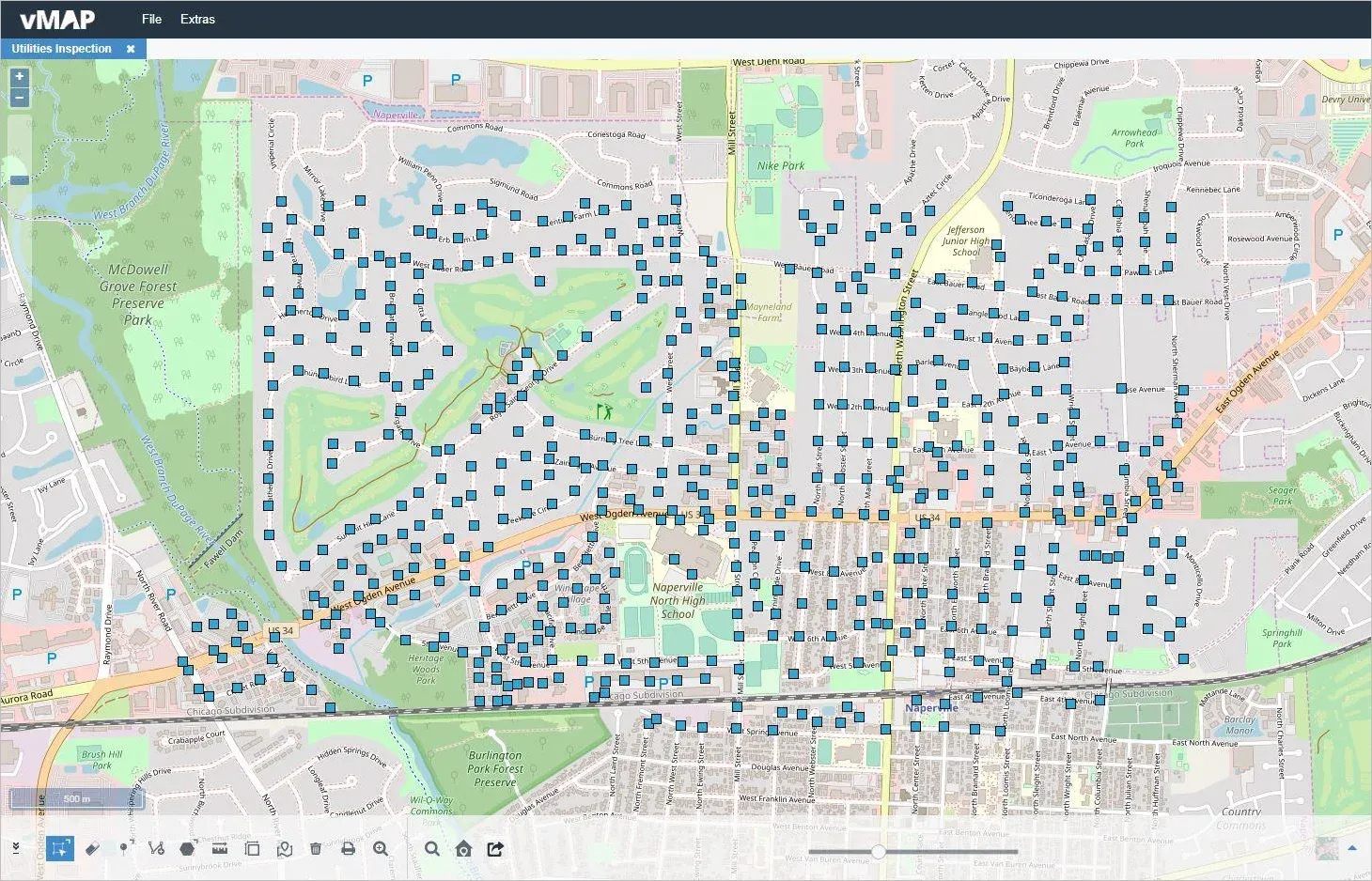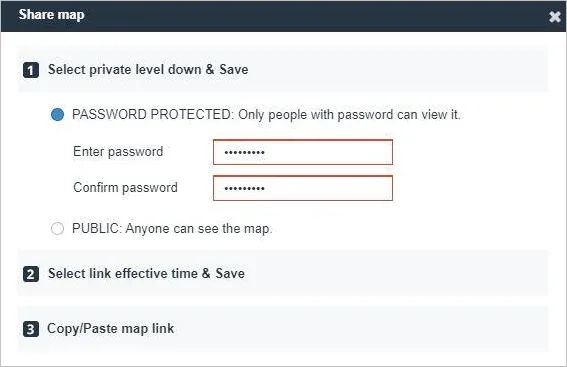Enabling Location Analytics in Your Organization
If you are a business owner today and you still have not tapped the power of location in most of your decision-making processes, perhaps you are missing an important ingredient for success. Your factories, your customers, your employees, and your vehicles all contain location data, that if properly visualized and analyzed can uncover a lot of insights. And by starting to incorporate location in your business processes and daily operation, you are on the right track towards success.
Most organizations before are hesitant to invest in mapping technologies mainly because the operating and capital costs are high. You would still need to train or hire someone to use these technologies, incurring additional costs. But times have changed. Powerful mapping technologies are becoming more and more accessible for everyone to use.
But where do you start?
Before you can proceed to more in-depth analytics, you need to “geonable” your organization first. Geoenabling means embedding geospatial capabilities to non-geospatial information and business process, providing means for contextual spatial analysis. Establishing the initial operating capability of your organization ensures that you will have the proper tools to jumpstart your geospatial endeavors.
vMAP GIS Solution provides easy-to-use mapping tools so you can put your assets on the map. Since vMAP is a browser-based GIS web mapping application, you would not need to set up or install resource-intensive programs on your computer to start mapping. Once you have been granted access to the vMAP Portal, you can start mapping points (offices, warehouse, customers), lines (roads, water lines, electric lines), and polygon (service areas, buildings,) assets. Additional mapping tools such as Measure Distance and Measure Area are also available, so you can have a better spatial context.
Customer addresses can be mapped out using vMAP geocoding capabilities.
Once you have established the initial operating capability and the spatial data repository of your organization, applying location analytics is your next step. Location analytics helps organization uncovers hidden patterns and insights that may not be initially observable using tables and charts alone. By using advanced spatial analysis techniques like heat mapping, clustering, and isochrone mapping, you will have a better understanding of your data to better help you in your decision-making process.
In vMAP, these spatial analysis tools are readily accessible, so you can quickly run location analytics once data are available. Other mapping software programs offer a ton of capabilities which may be overwhelming for beginners. vMAP is focused on providing tools for business and location analytics which is why the main user interface is neatly arranged and deprived of numerous toolbars that may appear complicated to the users.
Service areas and drive-time catchments can be generated using spatial analysis tools in vMAP.
Reaching this stage means your organization has also reached maturity in terms of GIS and geoenablement. At this point, you can use location data not only for visualizing assets but also for improving key performance indices, discovering new sites for expansion, and monitoring trends and patterns. And since you now have authoritative datasets, you can also enable collaboration with other organizations, as well as engage the public and customers in deriving new spatial data to further improve your business operations.
What powers the continuous generation of digital information is sharing and collaboration. vMAP provides tools to easily share data and control access to restricted information. While this may be useful for internal operations in general, this can also be used to increase customer engagement and gather sentiments that can be tied to location.
Mapviews in vMAP can be shared with specific people using password-protected links or to the public.
With the proliferation of location data, businesses should have the proper tool to use it to gain competitive advantage. Incorporating location analytics will not only result in efficiency, but also in a more insightful business decision-making process.